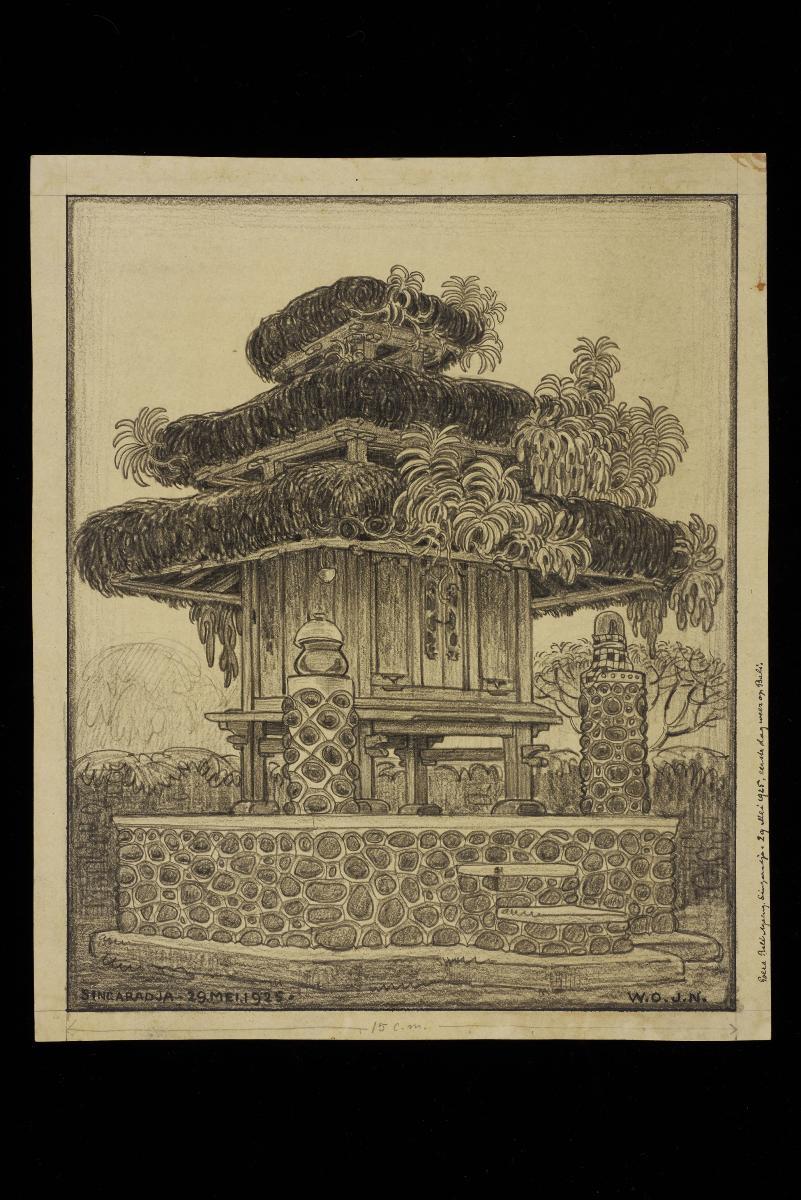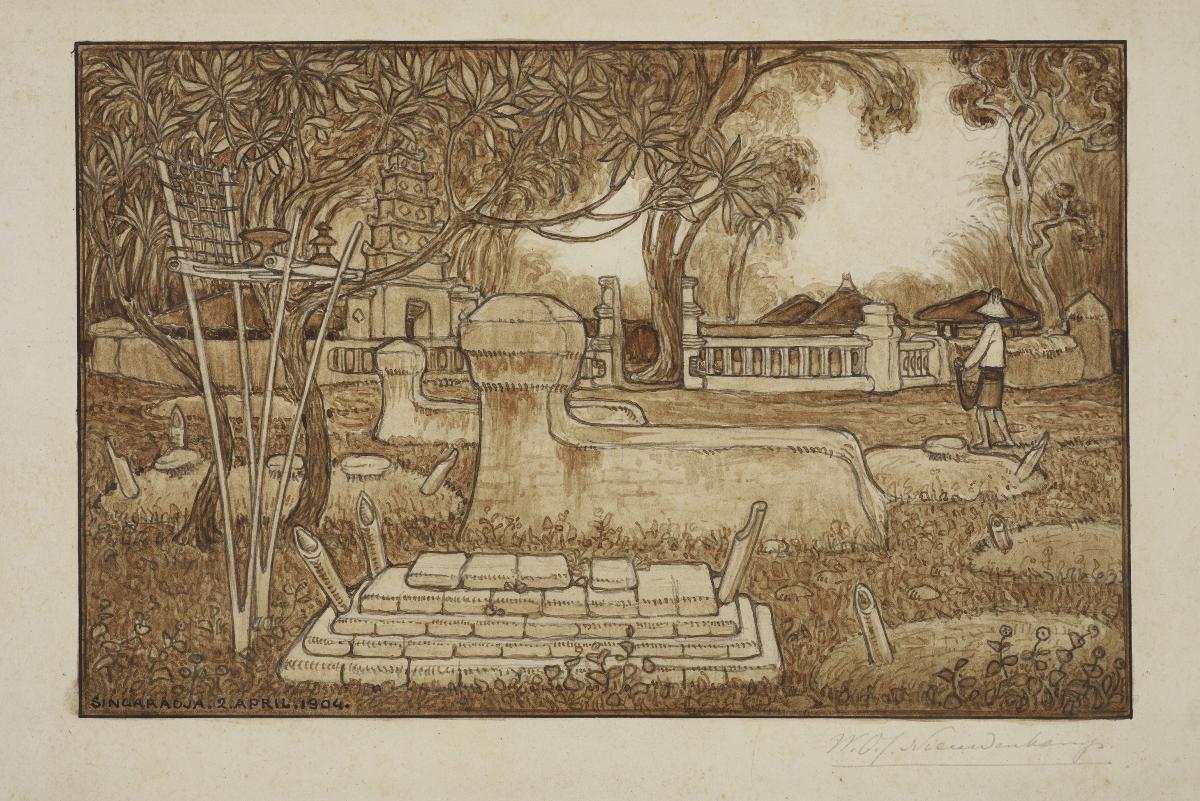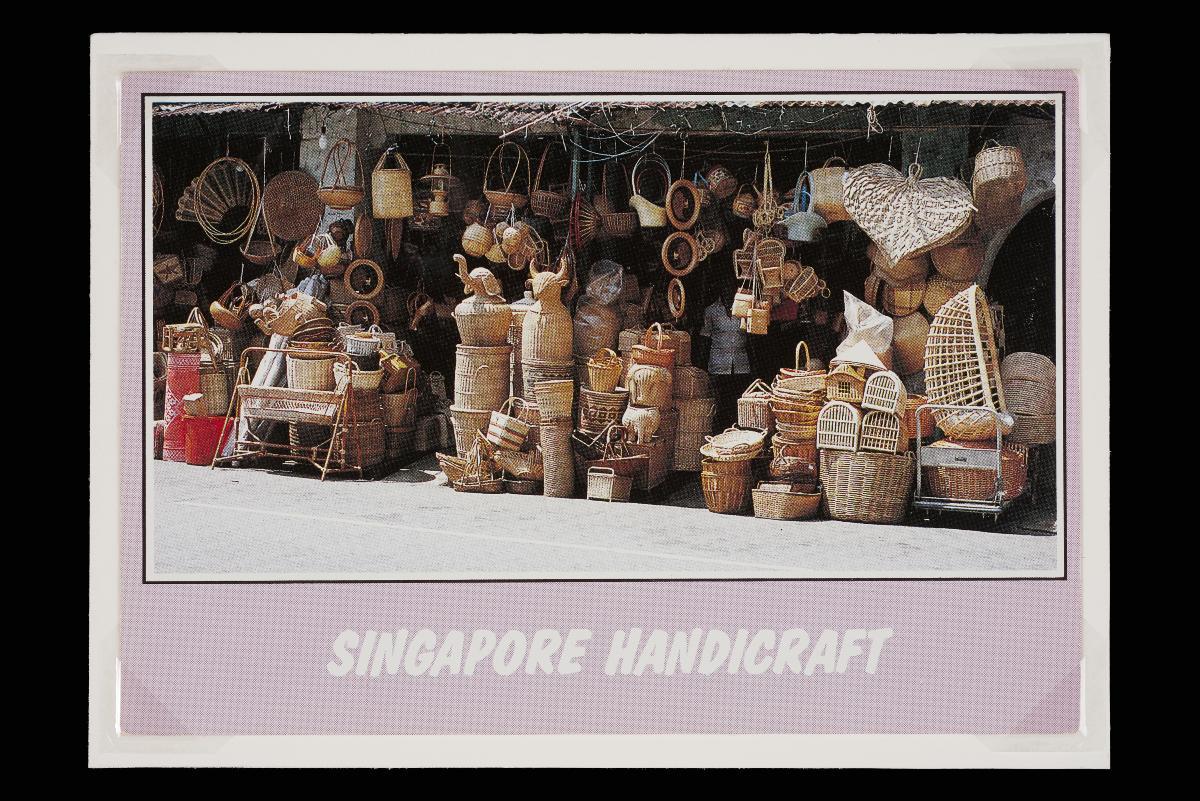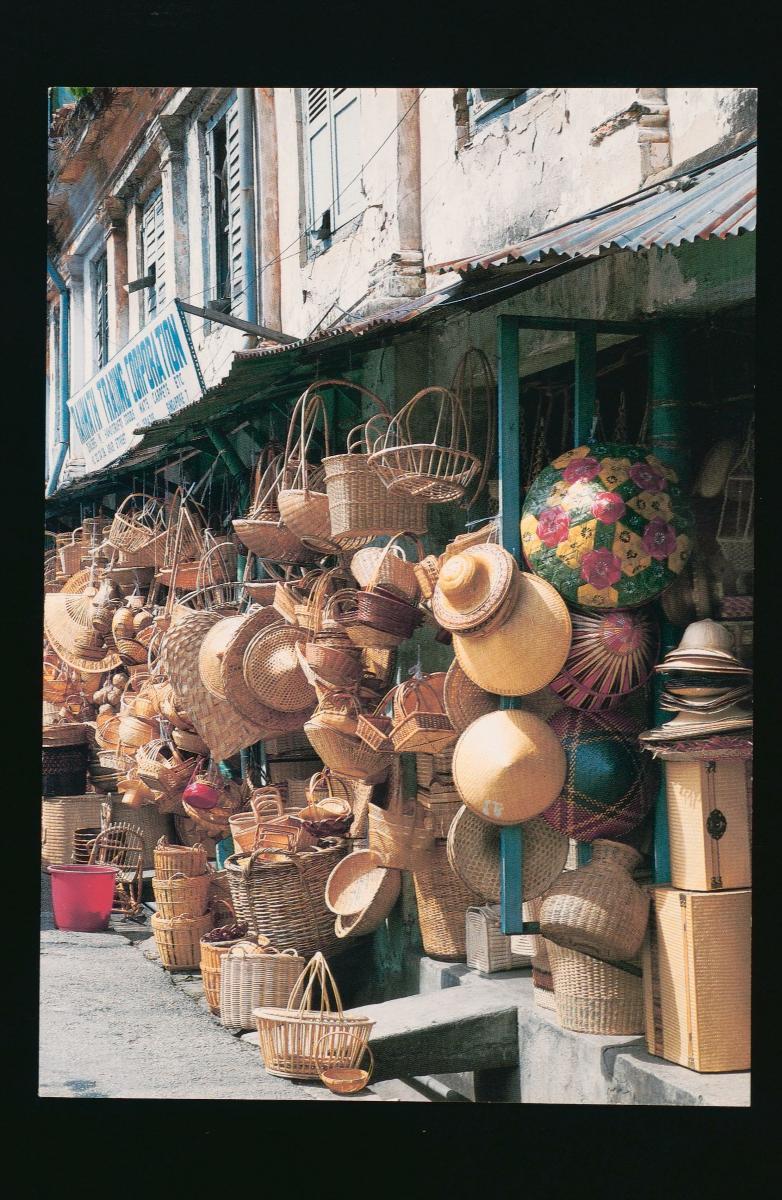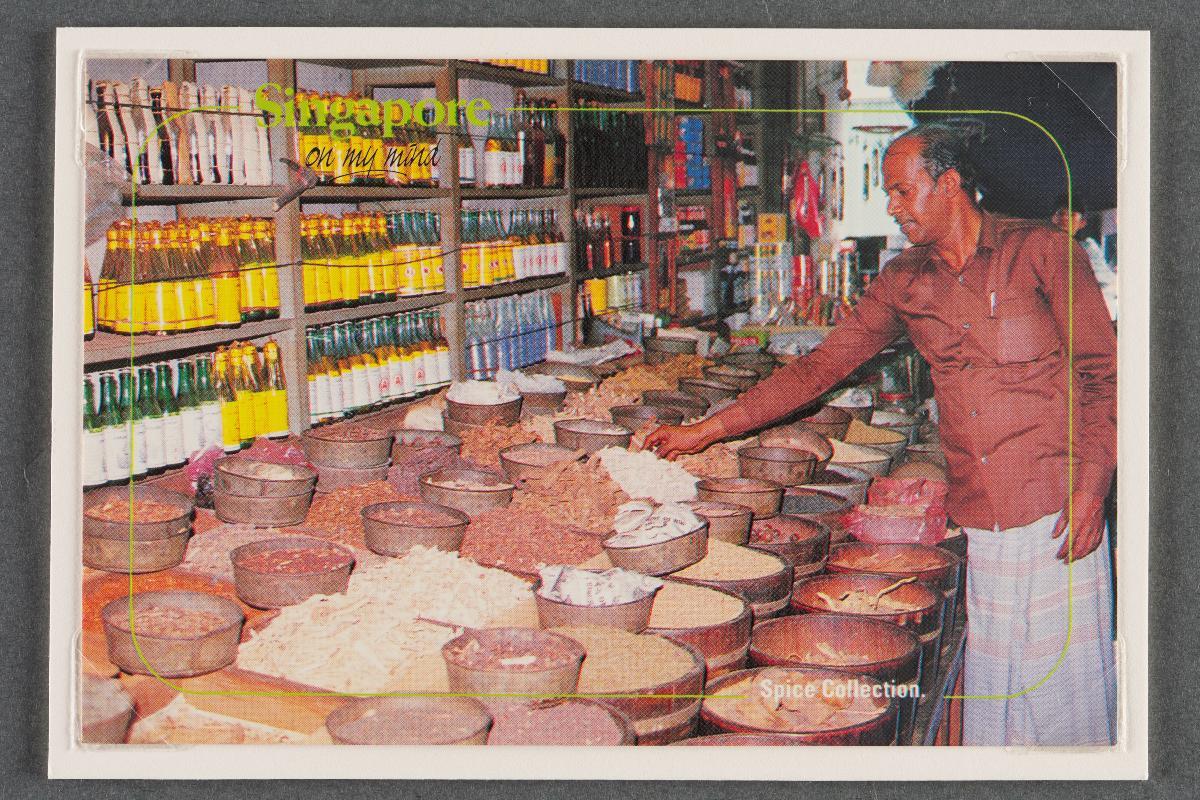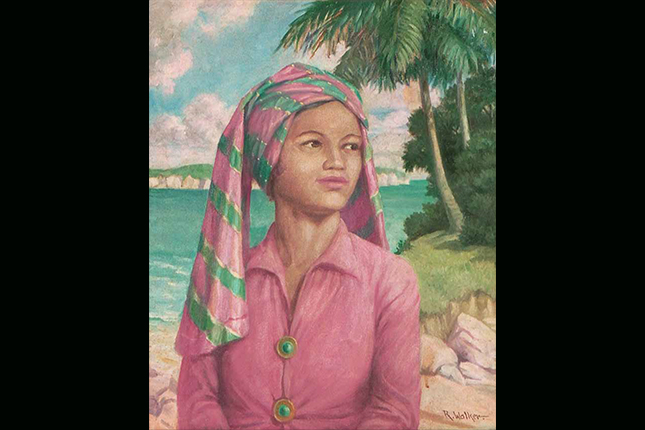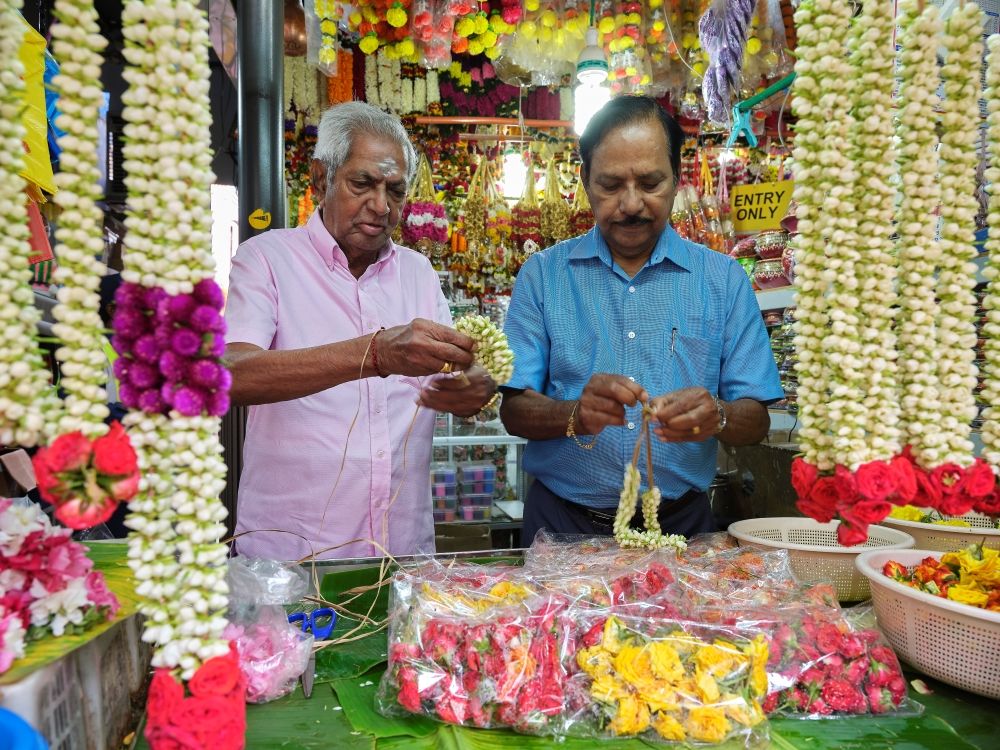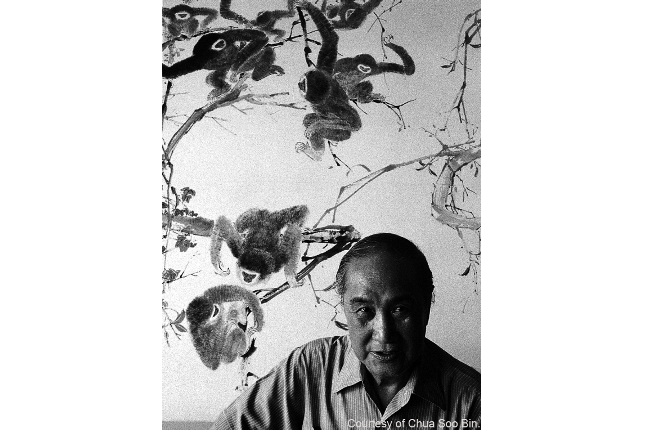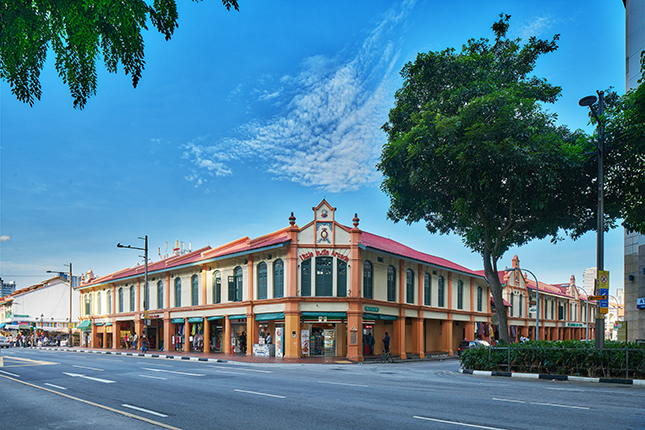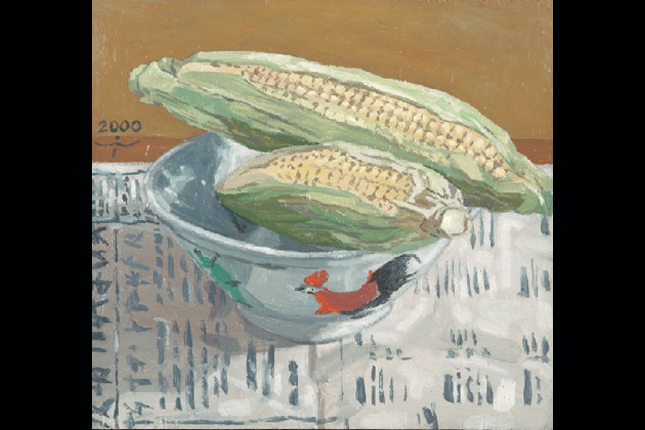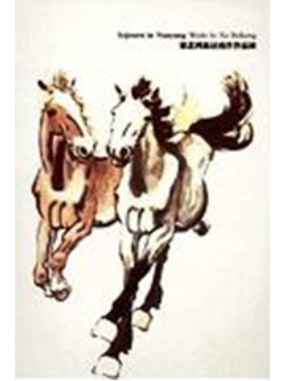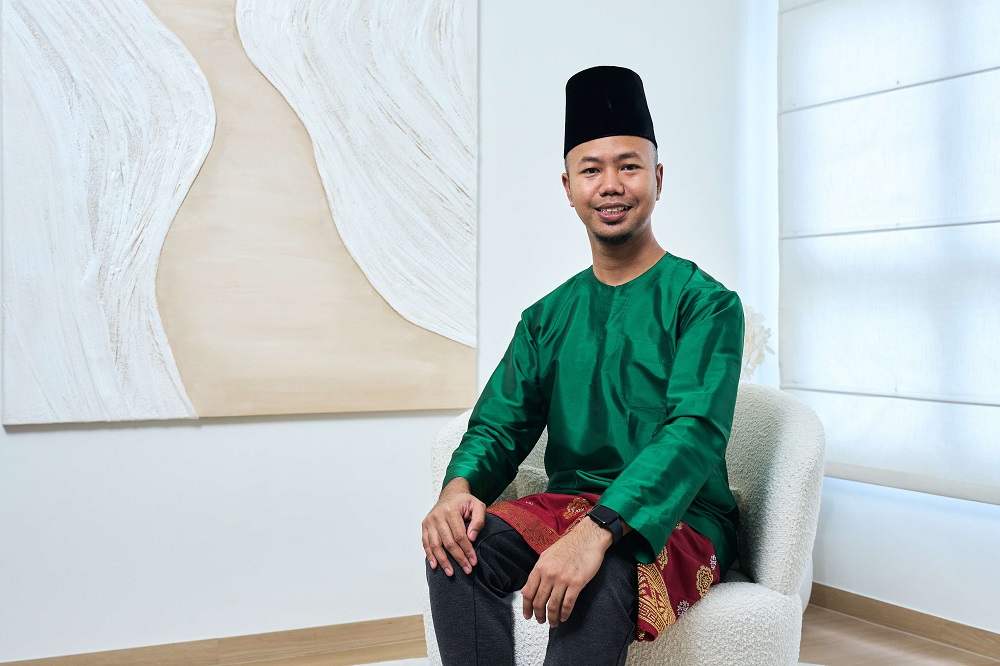Object size: 31.3 x 25.9 cm
WOJ Nieuwenkamp (1874-1950) is known as the first European artist to arrive in Bali in 1904. The story of modern art in Bali is often written from the point of European artists arriving upon Bali. In Nieuwenkamp’ s case, Bali is brought home with him to Europe. His publication, Bali en Lombok (1906-1910) played a key role in inscribing Bali in the European imagination. In its introduction, he also called out to artists to visit the then-Dutch East Indies (present-day Indonesia). Numerous artists from Europe heeded this call. During his lifetime, Nieuwenkamp’ s role as a Balinese expert was well-known. He made meticulous, and annotated studies of material culture, landscape and environment in Bali, and elsewhere in the Dutch East Indies (today, Indonesia). Painted during Nieuwenkamp’ s fourth trip to Bali in 1925, Little Méroe in a temple in Singaradja, depicts a temple in northern Bali. Through systematic study of Balinese building techniques, Nieuwenkamp asserted that the primary reason for the balance between Balinese architecture and the climate was their use of local materials such as Lalang (Elephant Grass), bamboo shingles, and even plain mud to build walls. These studies were subsequently used to illustrate his prolific output of articles and books. Furthermore, Nieuwenkamp had accumulated a significant collection of artefacts from the East Indies. These materials would contribute to several significant exhibitions in Europe, including: the first exhibition of Old Javanese and Contemporary Balinese Hinduism exhibition organised by the Colonial Institute at the Stedelijk Museum in 1915. By the 1920s, WOJN had become the de-facto authority on all matters Balinese having written and exhibited widely on the topic. In 1924, he was honoured with a 7-room retrospective at the Kleyklamp Gallery in the Hague.




